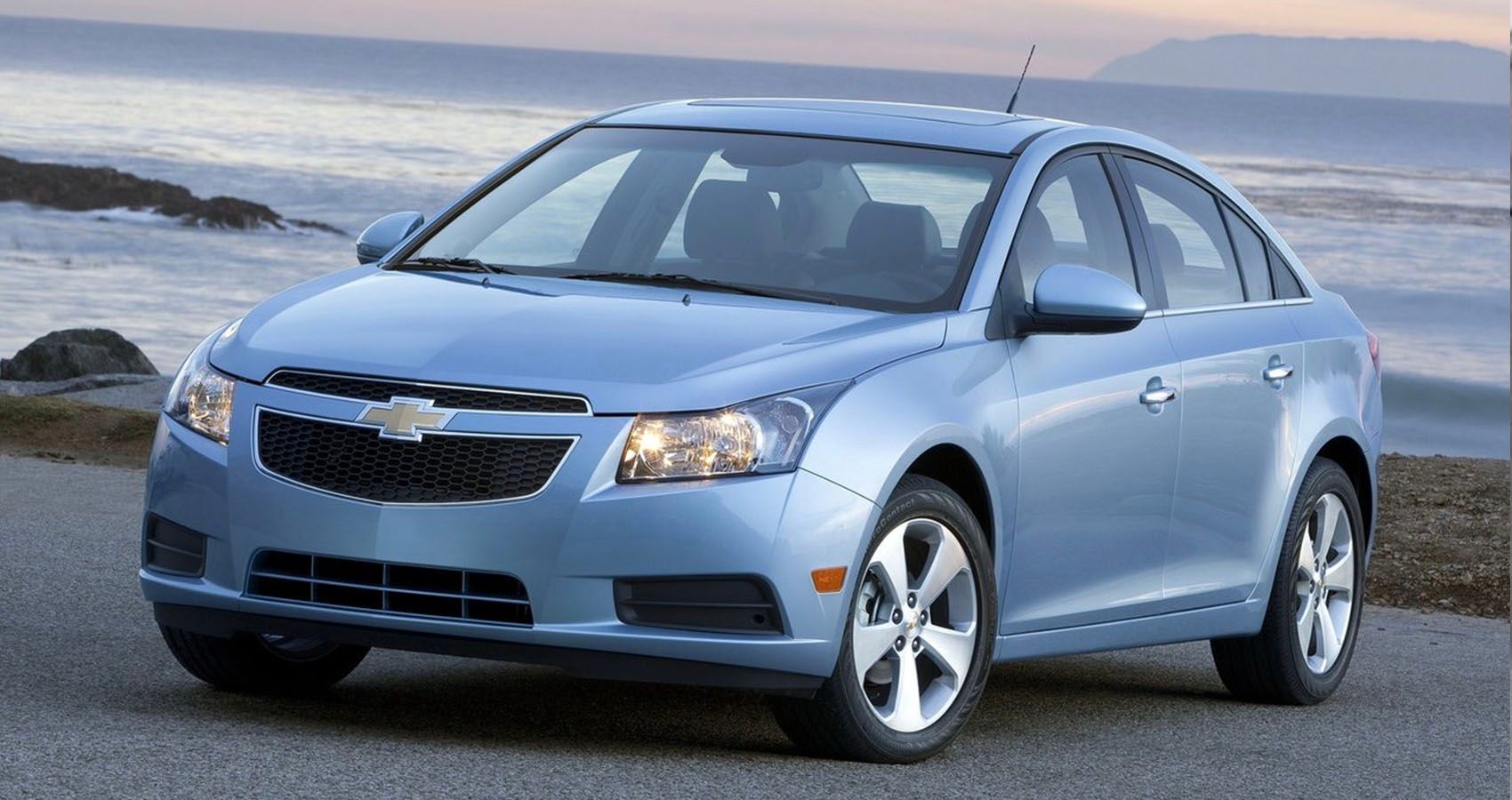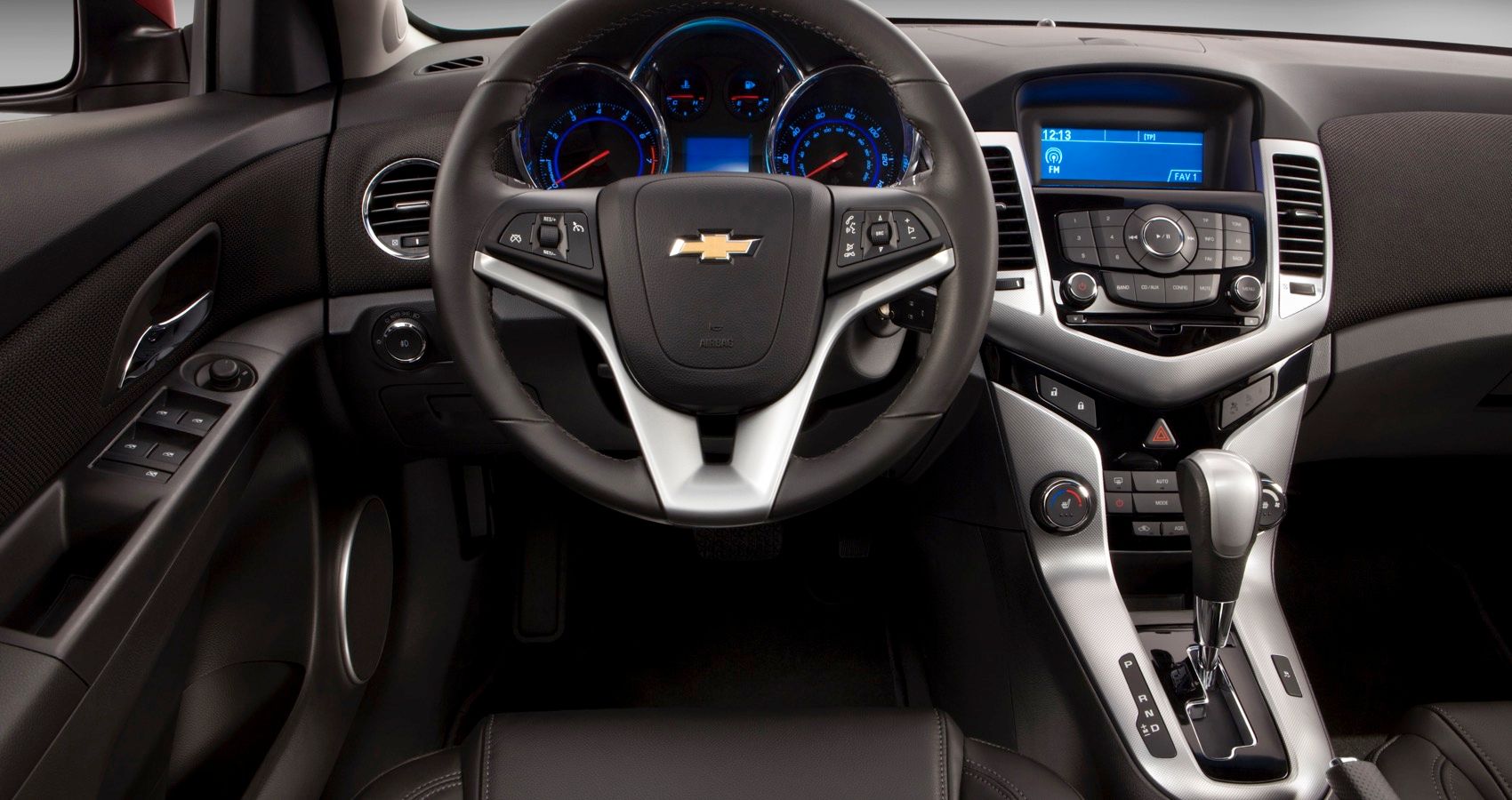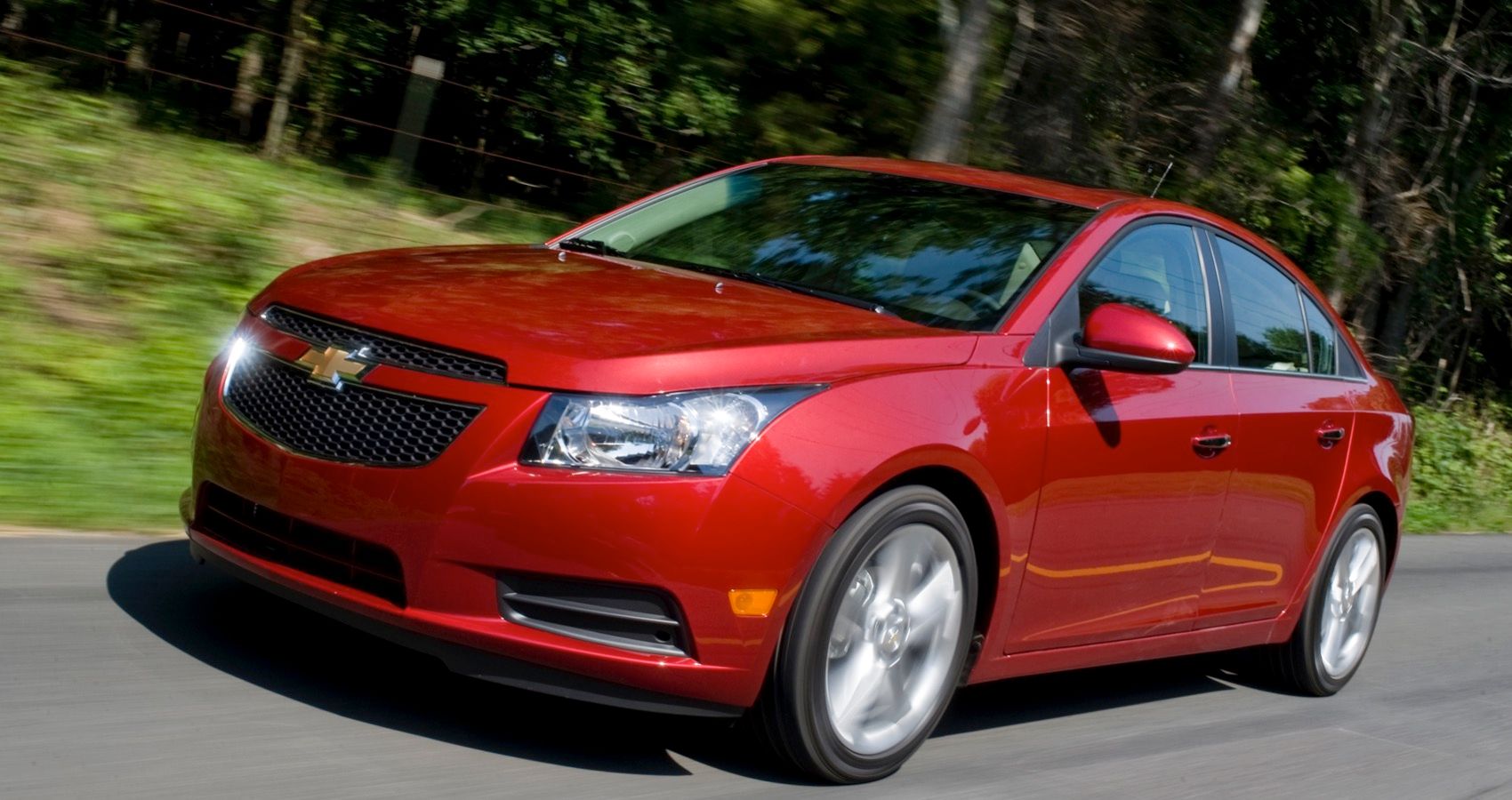Chevrolet Cruze has been one of the more reliable daily driving cars on the market in the past couple of years, but its production ended in 2019. Despite being discontinued, this compact car has a good used market and provides some great features.
Before attempting to buy a used car, you should investigate and find out all the things related to the vehicle. So, let’s get into it and find out more about Chevy Cruze and its attributes.
The 2011, 2012, And 2014 Chevy Cruze Model Years Are The Most Problematic
Based on the reports on the CarComplaints website, the 2011 Chevy Cruze has the highest overall complaints and holds the title of the worst Cruze model ever as it features many high-cost and low-mileage-happening problems.
The 2011 model year is a mess when it comes to transmission. Plenty of owners have reported that the transmission tends to go out completely. This transmission failure happens relatively at lower mileages. “ I think this Chevy Cruze is just about the worst car put on the road by Chevrolet. At 120,000 miles should not have a transmission failure costing $2,600 or a defroster failure that costs $700.00 for a 59-cent plastic part. I will look at another brand and not go for another major repair. I bought this car new, and I am the only one that drove it. This car was well taken care of, and at 75 years old, I am out of the hot rod stage.” Quoted from a Cruze owner’s report. This is a costly issue as it often requires the replacement of the transmission. On average, it costs around $3300 to fix this problem.
Another heavily reported issue regarding the 2011 model year is the anti-freeze smell in the car. This happens pretty early on and is a very irritating issue. This often occurs because of a coolant leak and costs relatively much to solve.
The 2012 Chevy Cruze carries the torch of its predecessor. It’s inherited the sluggish transmission and coolant leaks with a flavor of new problems. Many problems revolve around the engine of this model. A big part of the reports regarded the loss of power at irregular intervals. There is no one-fit-for-all answer to this problem, and the car needs to be inspected to identify the root of the problem.
With over 250 reports on the NHTSA website, brakes-related problems are also dominant in this model year. The brakes of this Cruze model tend to fail and create immensely hazardous circumstances. No particular data is available on how to fix this issue once and for all.
The 2014 Chevy Cruze’s problems are slightly different from the other two. It features more minor but broader problems. One of the highly-reported issues of the 2014 model is cooling system problems. There are many cases of overheating. The manufacturer has issued no specific reason or solution, and the mechanics seem to go experimental on this matter. Some replace the valves, some water pump, and many the radiator.
New to the list are the steering problems. This model year suffers from a loss of power steering while driving. The steering wheel gets locked up while driving, creating dangerous potential incidents. The root of the problem seems to be the coding of the control module. Often, a software update will do the trick.
You Can Expect To Get 250,000 Miles Out Of A Well-Maintained Chevy Cruze
Chevy Cruze is a long-lasting vehicle and can give you a solid 200,000 to 250,000 miles before requiring significant repairs. That hugely depends on how you take care of your Cruze. With that number, and knowing the average 15,000 miles a year, you can expect 13 to 17 years of driving from a Chevy Cruze.
To get the most out of your vehicle, it is necessary to perform the procedures provided by the manufacturer. Following is a list of the essential acts in maintaining your Chevrolet Cruze:
- At 7,500 miles: rotate tires, check engine oil level and oil life percentage, change engine oil, and filter if needed
- At 22,500 miles: replace tires, brake pad, rotor, and cabin air filter
- At 45,000 miles: replace passenger compartment air filter, engine air cleaner filter, change automatic transmission fluid, brake fluid, and clutch fluid
- At 60,000 miles: replace spark plugs, inspect ignition coils boots
- At 97,500 miles: inspect spark plug wires, replace timing belt, and timing belt tensioner
According to the RepairPal website, the average annual cost of maintaining and repairing a Chevy Cruze is $545, which is a bit higher than the class average of $526. Also, Cruze owners have to bring their vehicles into a repair shop for unscheduled repairs on average 0.4 times a year, compared to the 0.3 times for compact cars. Additionally, based on reports, the possibility of a repair being major or significant is 12% for a Chevy Cruze, one percent higher than the class average.
Chevrolet Cruze Can Be A Good Compact Car To Buy Used
Chevy Cruze is a well-engineered piece of machinery that offers many solid features and solidifies itself as a valid option to consider buying used. Avoid this vehicle's 2011, 2012, and 2014 model years to have the least trouble owning a Cruze. Also, check your vehicle of choice with a trusted technician to ensure you’re not purchasing a lemon.




